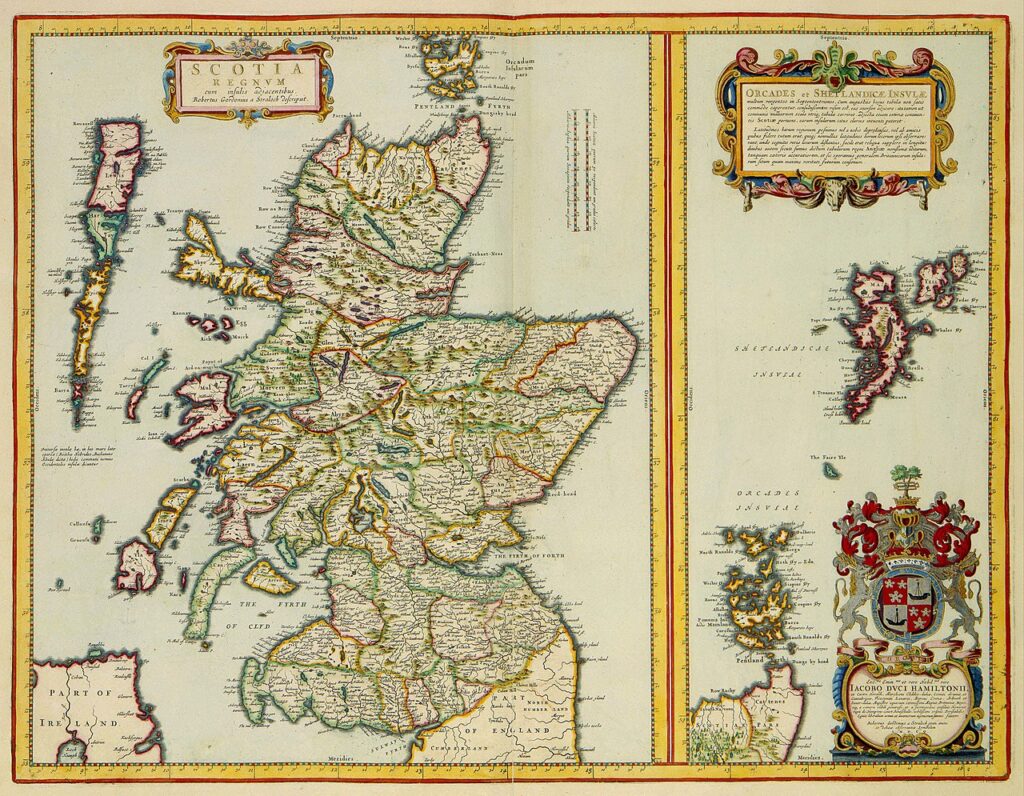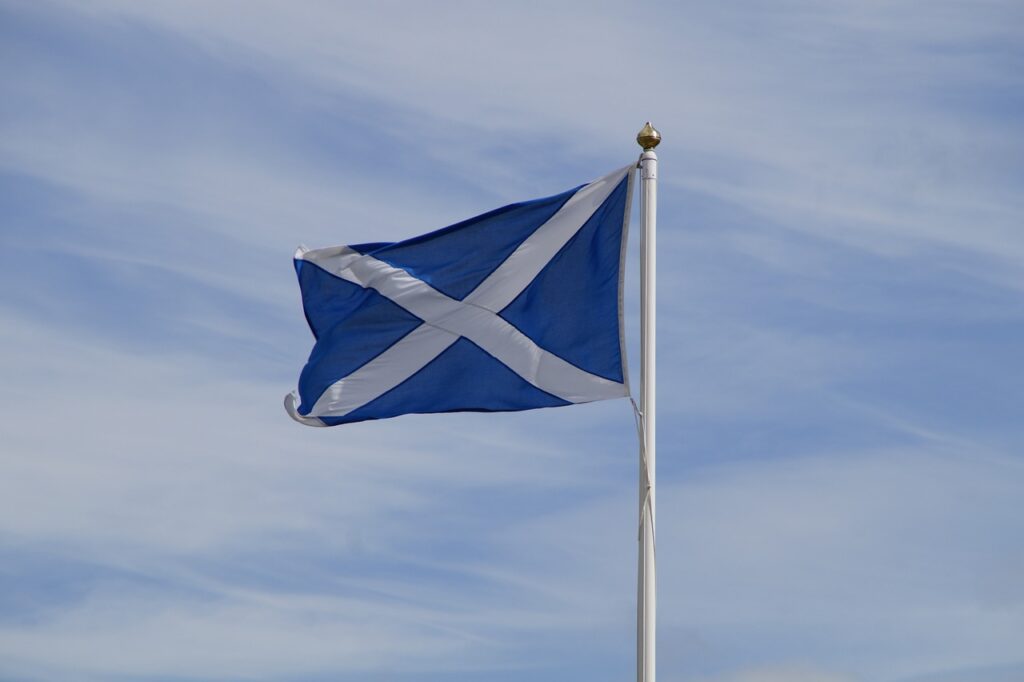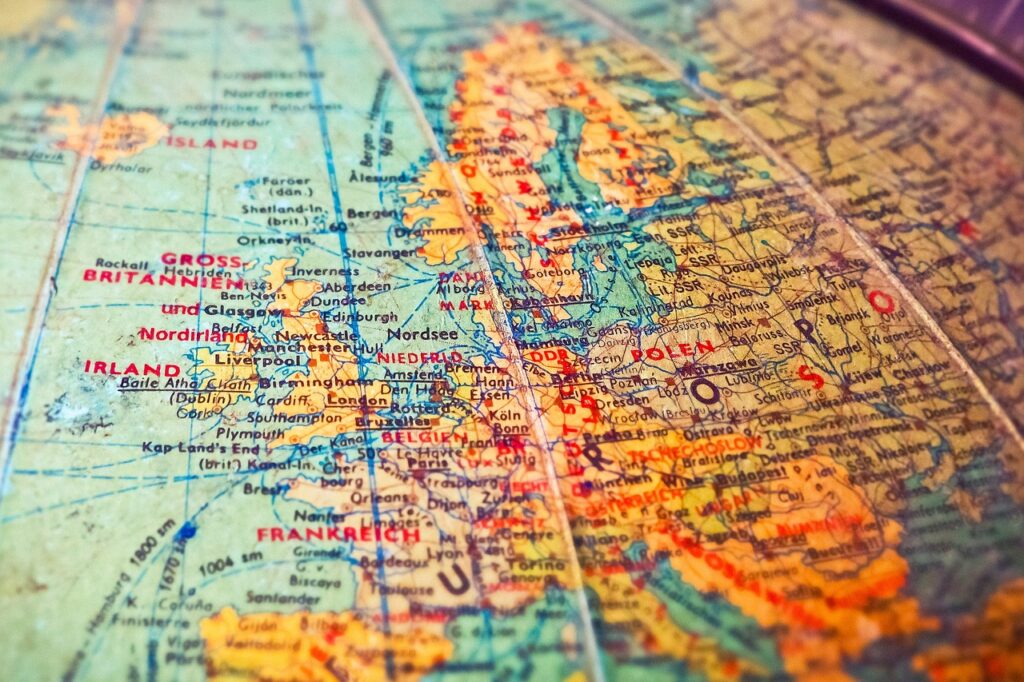Nestled in the rugged landscapes of the North Atlantic, Scotland’s history is a tapestry woven with tales of clans, castles, and a rich cultural heritage. However, beneath the layers of its well-known Celtic roots lies an intriguing question: Is Scotland Scandinavian?
When we think of Scotland, images of kilts and bagpipes often come to mind. But beyond these symbols, Scotland’s history holds intriguing connections. It’s a story of historical interactions, cultural exchanges, and even language similarities that raise a question: Could there be a link between Scotland and the Scandinavian lands of the Vikings and Norsemen?
Is Scotland Scandinavian? Historical Connections
Exploring the question “Is Scotland Scandinavian?” takes us back to a time where seafaring cultures thrived. The historical stage reveals intriguing overlaps between Scotland and Scandinavian regions.
Viking expeditions, raids, and settlements have left their mark on both lands. These interactions, while tumultuous at times, have ignited a dialogue that prompts us to investigate whether Scotland’s history bears the indelible imprint of its Scandinavian counterparts.
Scandinavian Scotland

The influence of Scandinavian culture in Scotland extended well beyond the Viking Age. In fact, it lasted into the 15th century and even beyond in certain areas. This prolonged period is often referred to as Scandinavian Scotland. It marked a time of continuous interactions, settlements, and cultural exchanges between Scotland and the Scandinavian lands.
The Viking expeditions of earlier centuries left a lasting impact on various regions of Scotland, particularly in the Northern Isles like Orkney and Shetland, where Norse influence was deeply ingrained. This extended era of mingling between Norse and Scottish cultures serves to accentuate the historical connections. These connections contribute to the ongoing dialogue surrounding whether Scotland can be considered Scandinavian.
Geographical and Geopolitical Considerations

Geography and geopolitics have both cast their significant influence on the connection between Scotland and Scandinavia. Geographically, their close proximity across the North Sea has acted as a natural bridge, facilitating interactions that spanned trade, migration, and cultural diffusion.
The maritime link between these regions not only eased the passage of people and goods but also enabled the exchange of ideas and cultural practices. The North Sea’s currents carried not only ships but also the seeds of shared traditions and customs that could take root in distant shores.
From a geopolitical perspective, historical alliances and power dynamics have further shaped this relationship. Mutual interests and common threats have at times aligned the fates of Scotland and the Scandinavian countries. Equally, political rivalries and territorial disputes have created tensions that punctuated their interactions.
Language and Linguistic Connections
In the intricate web of historical interactions, language stands as a testament to the connections between Scotland and Scandinavia. While each region boasts distinct linguistic identities today, delving into the past reveals intriguing parallels and shared origins.
Linguists have unearthed a trove of linguistic ties that suggest a cross-pollination of words and phrases. For instance, Old Norse, spoken by the Vikings, left its mark on Old Scots through trade and contact. Words like “kirk” (church) and “bairn” (child) bear the hallmarks of this linguistic exchange.
Beyond individual words, grammatical structures and linguistic patterns offer subtle but significant insights. The tonal cadence of some Scots dialects, particularly in areas with historical Norse influence, bears resemblance to Scandinavian intonations.
The linguistic interplay is a mosaic of borrowings, adaptations, and evolution. While the languages have evolved independently, these linguistic echoes persist as whispered reminders of a shared past.
Is Scotland Scandinavian?

While there are historical, cultural, linguistic, and geographical connections between Scotland and Scandinavia, Scotland is not traditionally considered part of Scandinavia. Geographically, Scandinavia primarily encompasses the countries of Norway, Sweden, and Denmark, located on the Scandinavian Peninsula.
Scotland, on the other hand, rests upon a different landmass, the island of Great Britain. While there are historical, cultural, and linguistic connections between Scotland and Scandinavia, these connections do not redefine Scotland’s geographical location.
Scotland has its own unique identity and history that extend beyond its interactions with Scandinavian countries. The historical ties, linguistic similarities, and shared elements are important facets of Scotland’s past, but they do not make Scotland part of the Scandinavian Peninsula. Instead, a diverse array of influences shape Scotland’s identity, including its Celtic roots and interactions with various groups over time.
In summary, Scotland is not a part of Scandinavia. While it has shared important interactions with Norse people, it is distinct from the geographical region of Scandinavia itself.
